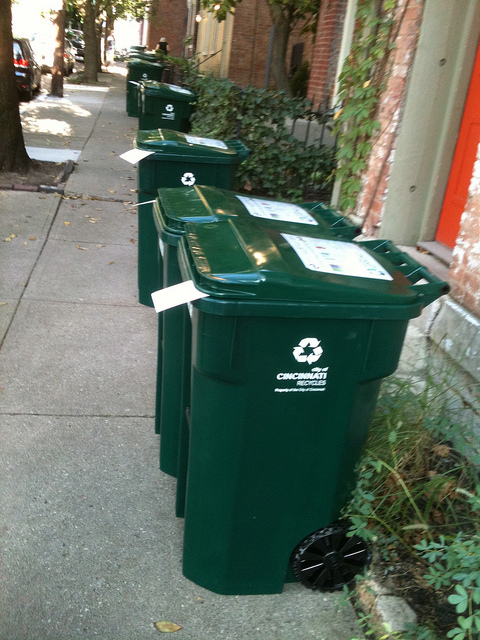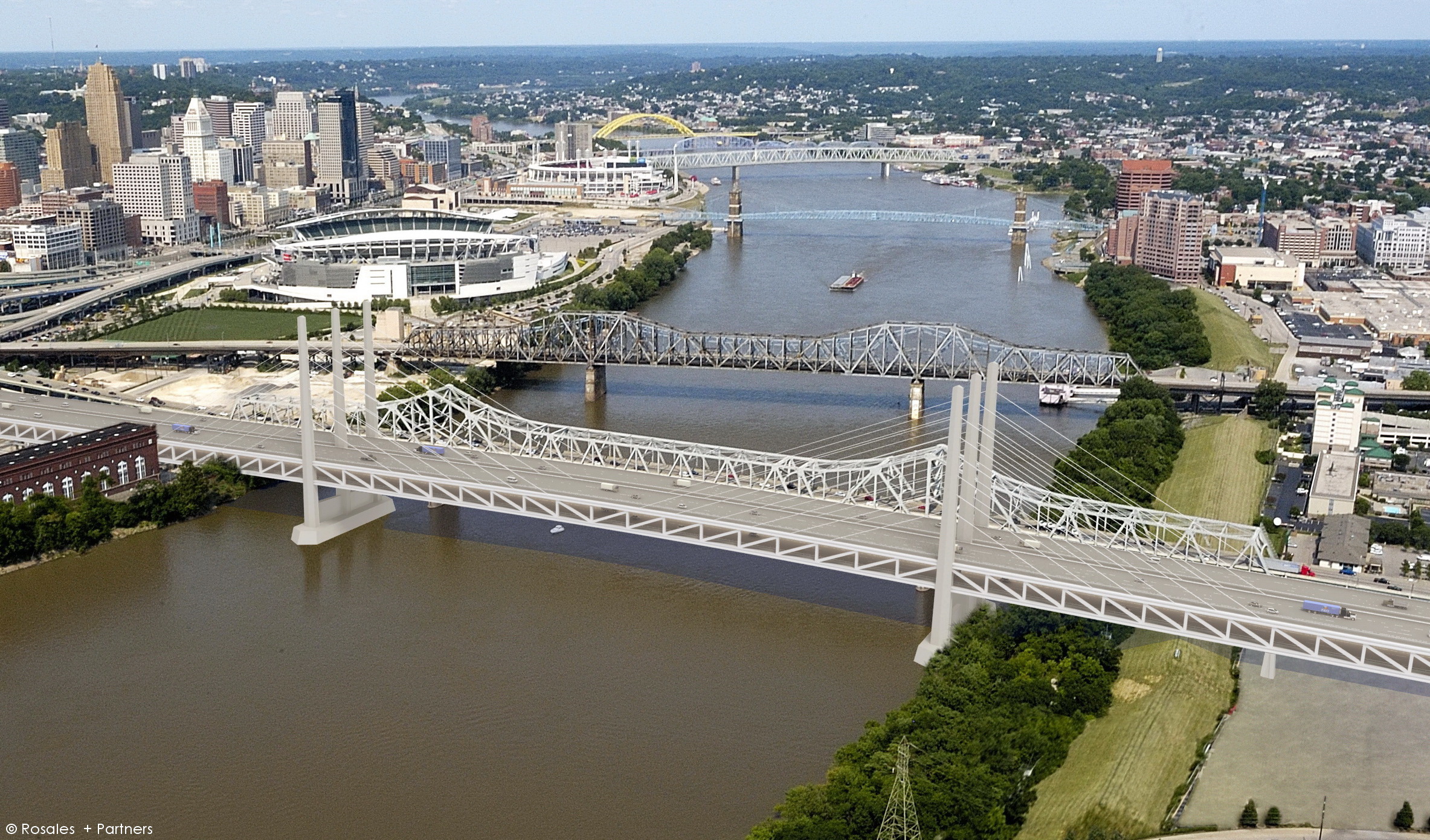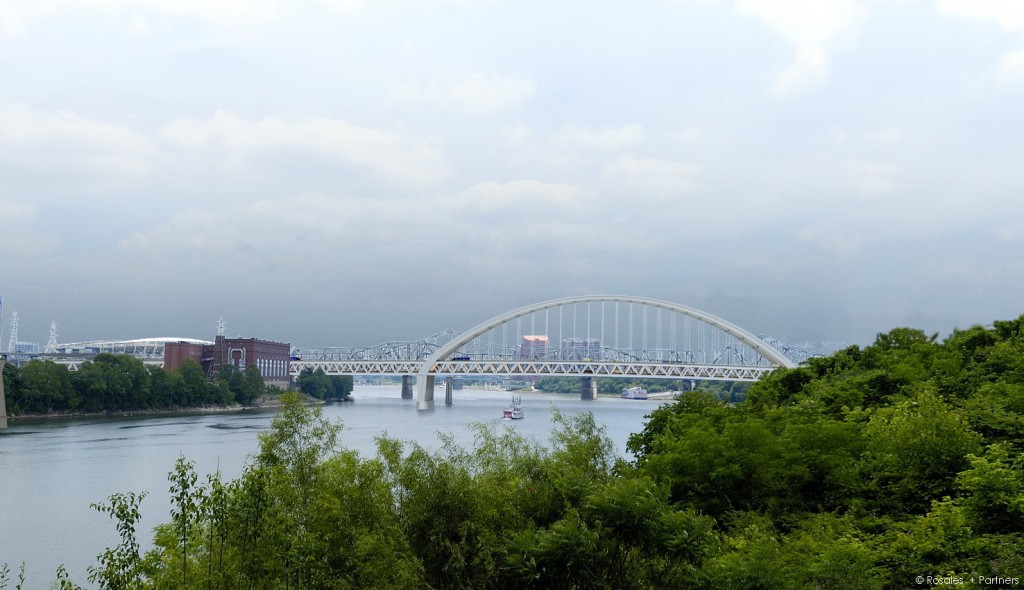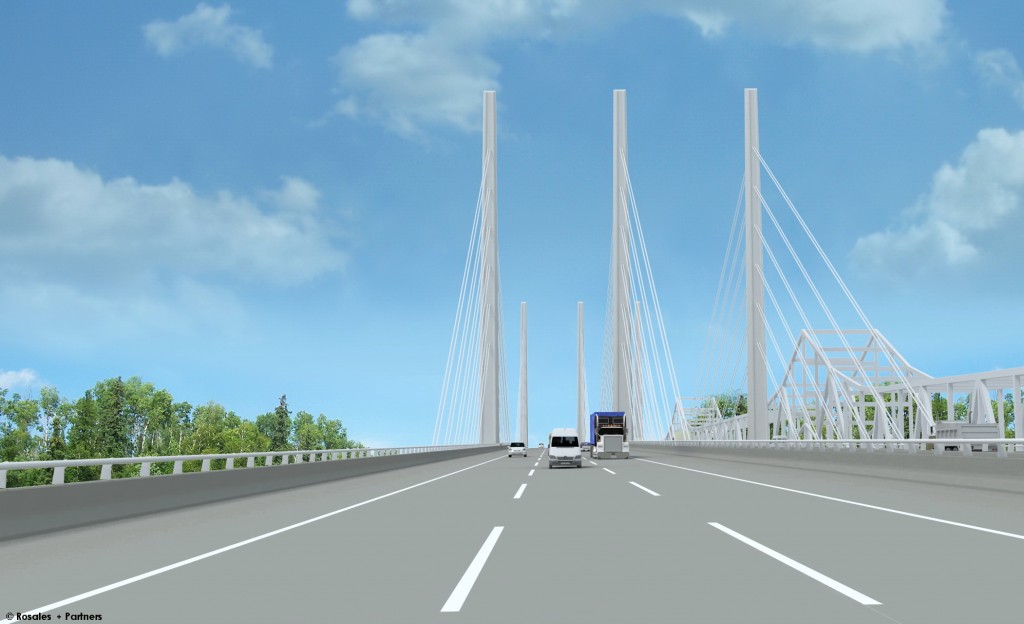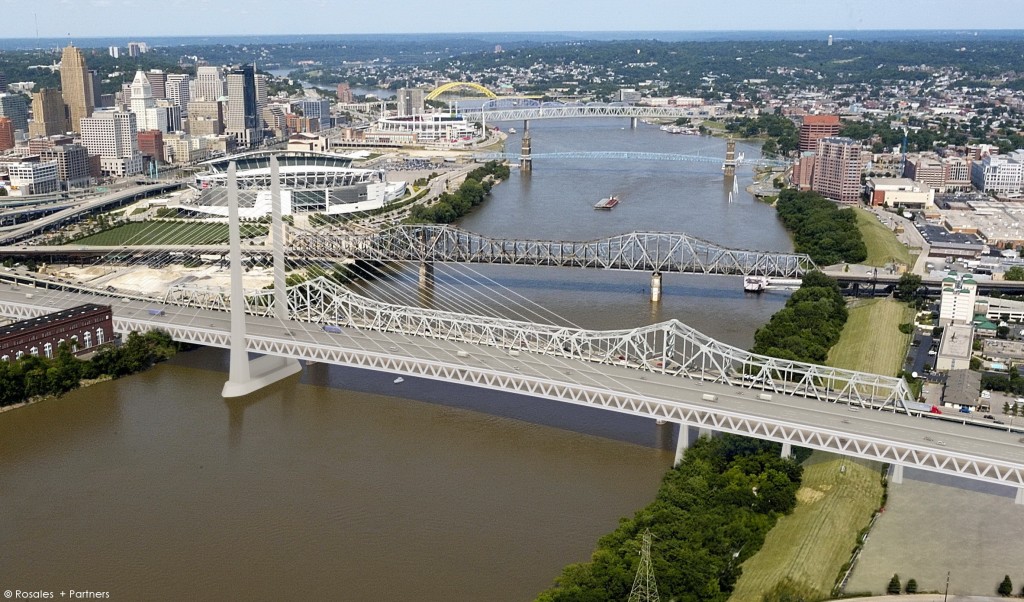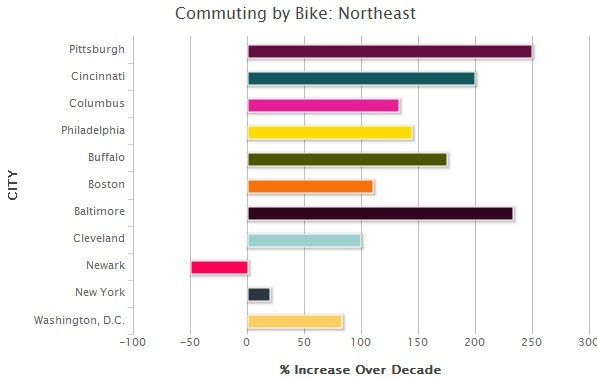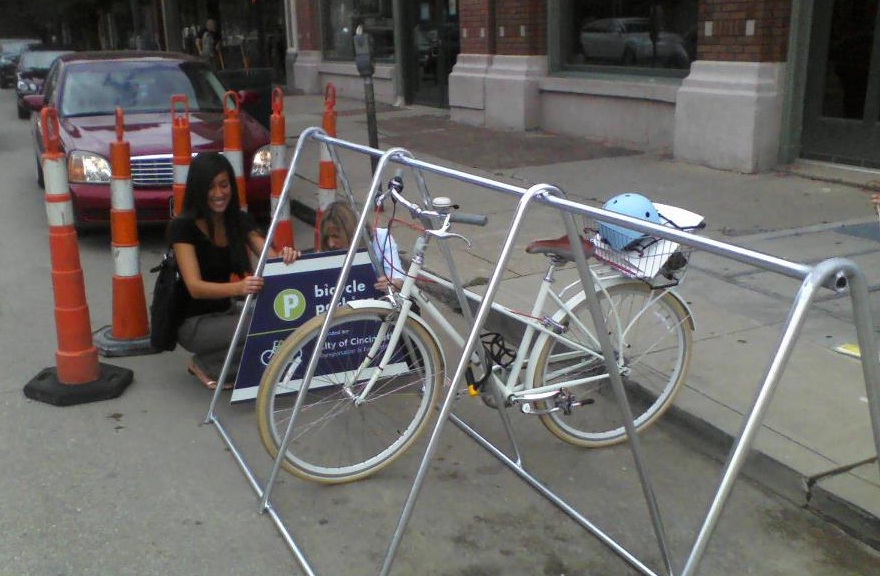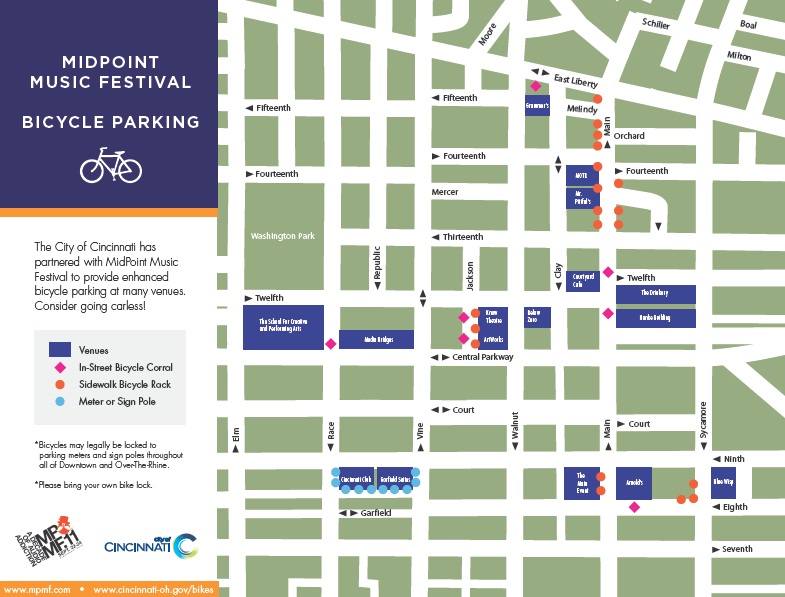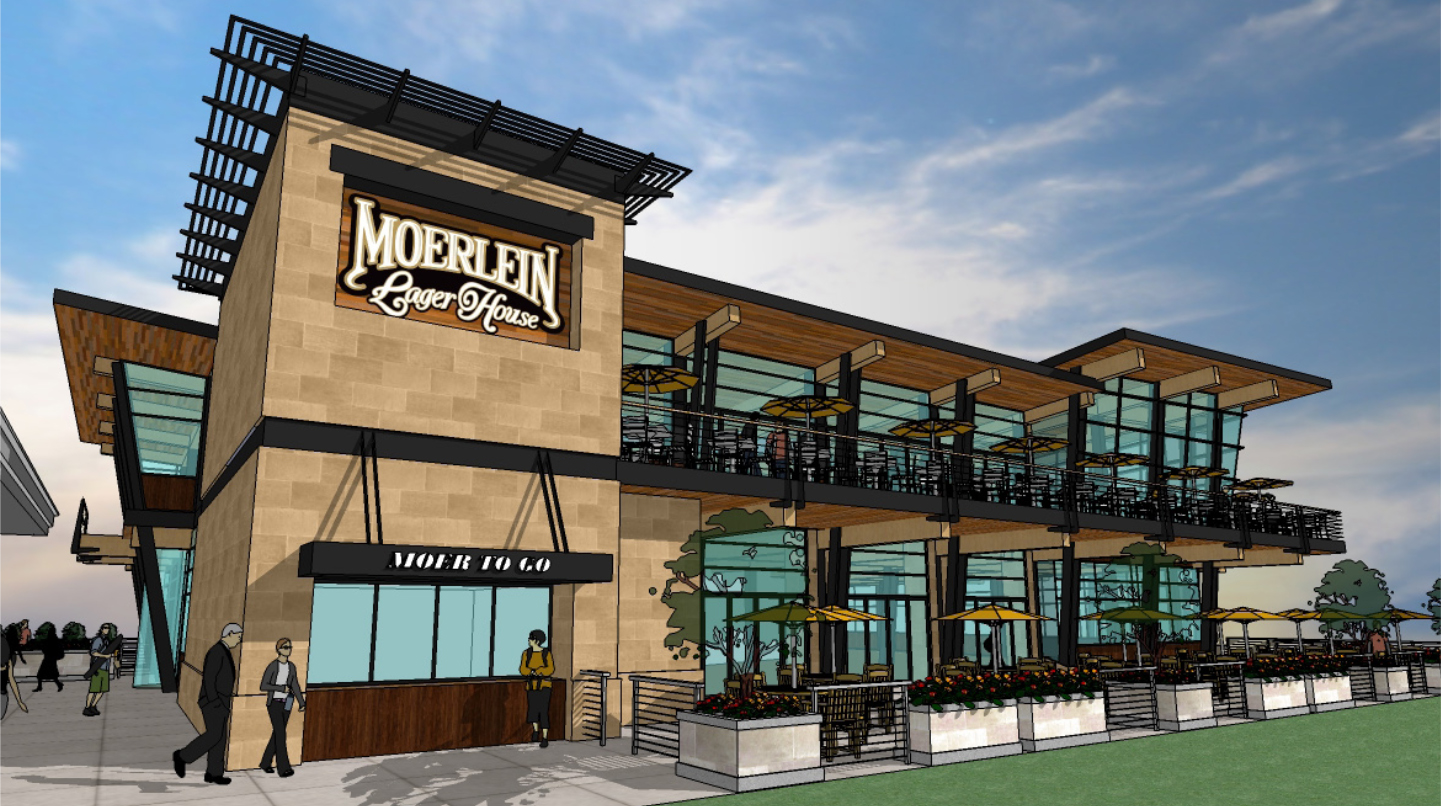 One year ago city leaders gathered in East Walnut Hills to celebrate the start of Cincinnati’s use of RecycleBank as part of the then new Enhanced Recycling Program. While including some upfront capital expenses, city leaders sold the program to city residents by touting not only its environmental sustainability, but also its projected long-term cost savings.
One year ago city leaders gathered in East Walnut Hills to celebrate the start of Cincinnati’s use of RecycleBank as part of the then new Enhanced Recycling Program. While including some upfront capital expenses, city leaders sold the program to city residents by touting not only its environmental sustainability, but also its projected long-term cost savings.
The upfront capital cost covered 64- or 96-gallon recycling carts for all households, approximately five times larger than previous bins, that offer smart chip technology for the RecycleBank rewards program. The potential benefits of the program were slightly more debatable and kicked off a passionate debate amongst various special interest groups. After one year the program has seen a 75 percent increase in recycling participation, but the positives do not end there.
According to the Office of Environmental Quality, the City of Cincinnati saw a 49 percent increase in the recyclable material tonnage collected in the past 6 months compared to the same period the previous year. The data also shows that the City increased recycling diversion to 17 percent.
“We had a great first year,” said Larry Falkin, director of the Office of Environmental Quality (OEQ). “We were able to grow participation in the recycling program by nearly 75 percent, increase the amount of recyclables collected curbside by nearly 50 percent, and save the City nearly $1 million through decreased landfill disposal costs and increased revenues from the sale of recyclables.”
The huge participation growth is a coup for environmentalists and waste management professionals looking to reduce overall solid waste production. The money savings, on the other hand, is a major win for City Hall as it continues to look for ways to reduce spending and grow revenues.
The growth in recycling participation has not come as a surprise to everyone though. In 2009, Rumpke invested $6.5 million in its Cincinnati Material Recovery Facility to improve the facility’s technology. That investment has allowed the waste management company to handle the larger flow of material through its plant and expand the list of acceptable items for recycling.
“Cincinnati’s enhanced recycling program is even more successful that we expected. It is clear that our community wants to recycle more to help the environment and save the City money,” Mayor Mark Mallory said in a prepared statement. “The more we recycle, the less the City has to pay to dump our garbage at the landfill. As we head into year two, we look forward to even higher levels of recycling and more savings.”
Cincinnati recycling picture by Jenny Kessler.
